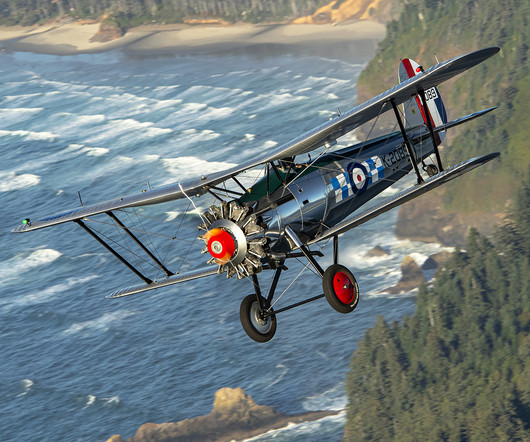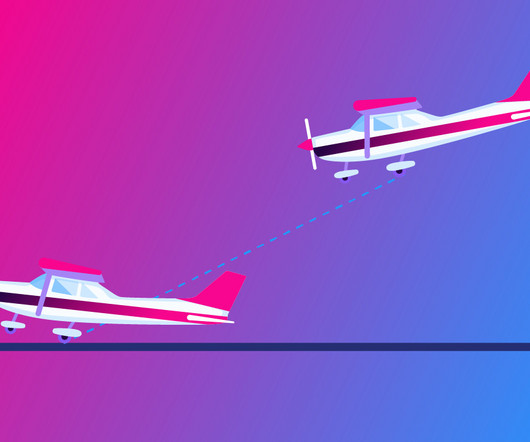Wingtip Vortices and Wake Turbulence
Pilot Institute
MARCH 28, 2025
When the aircraft encounters a vortex and its strong enough to induce roll, the pilot counters it by using the ailerons against the roll and tries to fly out of the wake as soon as possible. If the aircrafts wingspan is long enough, its ailerons will extend beyond the vortex diameter, and counter control would still be possible.















Let's personalize your content